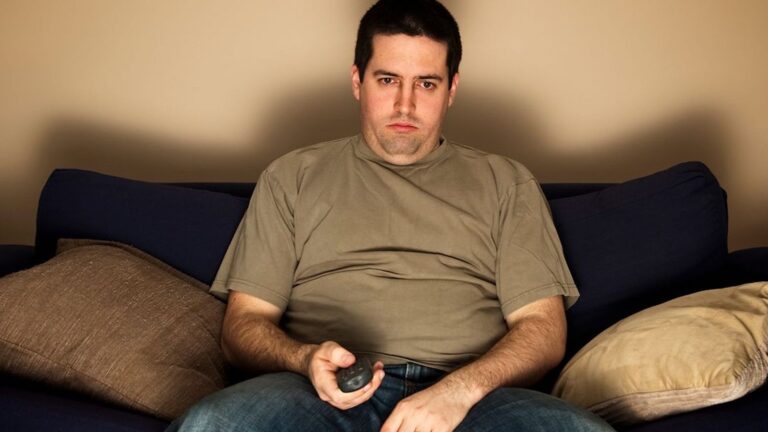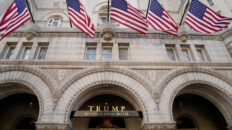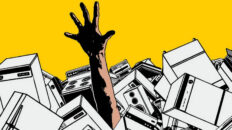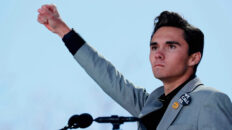Have you heard? Art is arid, the culture is crumbs, and everything is bromidic bilge. We live in an imagination wasteland where everything is Xeroxed Marvel movies and spoon-fed proggy protrepticism. Nothing is new or exciting because the Simpsons did it and Ross Douthat wrote about it.
Oh, so you have heard this critique levied against human inspiration ever since Plato warned Athenians against jotting down their grocery list. Of course, even ol’ Ari compiled his notes, otherwise we wouldn’t have his revolutionary theories on eidos.
There’s nothing easier and more formulaic than complaining about the lack of novelty in novels, as well as movies, TV shows, art, music, and the myoclonic gyrations known as TikTok dance trends. In “We’re All Bored of Culture,” William Deresiewicz predictably polemicizes against our era’s “bland and unimaginative” art. The cause, in his estimation, of our spinning-the-wheels creative crisis? Wokeness, identity politics, and “Anglo-Calvinism in all its joyless, witch-hunting glory.”
(Hmmmm. Mean-spirited moralizers sternly wagging their stubby fingers at pesky envelope pushers? I thought Kevin Bacon already conquered the Puritans.)
Deresiewicz makes an easy dig at wokefied art, which is less art than tut-tutting didacticism. He’s right to a degree: art museums now go out of their way to tarnish the European Old Masters they display, with wall placards denouncing white supremacy and the like. Last year, the Tate Britain featured a Hogarth exhibition accompanied by wokesplainers like “the atrocities of Atlantic investments are invoked in relation to the outsized expenditures on Asian luxury goods.” If you don’t know what the censorious curators meant by “Atlantic investments,” you need only remember this easy heuristic: slaves!
Our cultural patrimony is being degraded and discredited by miserable cicerones with nothing of lasting significance to replace it. As Gramsci famously wrote, “the old is dying and the new cannot be born; in this interregnum a great variety of morbid symptoms appear.” These morbid symptoms include lazily token race and gender-swapping like black hobbits, non-binary Transformers, an Indian Velma Dinkley, and a Mexican Sub-Mariner.
And who could forget the bargain-bin CGI “street art” of Mark Zuckerberg’s money-hemorrhaging Metaverse?
“Eras tend to produce the artists they deserve,” Douglas Murray observed, and Deresiewicz agrees. For all its pretentious trappings, the art-music-literature complex industry responds like every other industry: to demand and moola. “Art is boring now, in other words, because we are boring,” Deresiewicz declares. “Art is bland and unimaginative because we have landed ourselves in the lamentable position of getting exactly what we want.”
Exactly what we want, huh? Well, I want John Krasinki as Mr. Fantastic in the next Fantastic Four movie, but the best geniuses at Marvel Studios are forcing me to settle for the pasty greaseball with a pubescent’s mustache.
Consumer—I use the capitalist “c” term loosely here—preference isn’t the only factor galling Deresiewicz. He laments the economic forces that actually push creators to serve an audience. Cue Marxist shriek! The hoi polloi gets what they want and what they want is “Fast & Furious 24: Even More Family.” Now the kids will never learn to properly appreciate da Vinci, Monet, and Strauss Jr.—all of whom their teachers snidely dismiss as white colonizers anyway. And even if the next Mahler emerges from our deep pool of cultural pap, he or she will only be casting pearls before swine, composing symphonies for no-wits who can only stand 10-second snippets of streaming pop blandness.
Such is Deresiewicz’s dire diagnosis of our art landscape. He admits “new things” still appear on the scene, but they are “rapidly converted into formulas,” as if success isn’t always and everywhere replicated. And with the penny-pinching public unwilling to spend more than a few bucks on a monthly Netflix subscription, what hope do the talented have to break through? “We pay little or nothing for music, writing, film and television, and many forms of visual art, with the result that incomes in those fields have cratered,” Deresiewicz decries. (Has he never heard of museums?)
So the argument is that the masses don’t appreciate complex, assumption-challenging art because they don’t want to shell out the money for it—even if the cost-cutting for access opens the arts to increasing numbers of eyes and ears. “The darn kids don’t appreciate rarefied works because they’re too easy to distribute” is certainly a theory. But it’s belied by praxis. Music critic Ted Gioia points out that arts are increasingly bypassing traditional release avenues—labels, publishers, talent agents—to assemble their own fanbases, all for a tidier profit.
Even within a demonetizing dynamic, great music, literature, and movies are still being produced. Just the other week, the New Yorker published a touching short story about post-Holocaust Jewish resilience in America. And, yes, the new Guardians of the Galaxy entry is, despite its expositional length, a simple but moving film—Marvel hater be damned. The Broadway première of Tom Stoppard’s heartfelt “Leopoldstadt” last fall put paid the notion that modern theater is all unironic virtue-lecturing. (And even patronizingly woke shows still brim with talent.)
Good art continues to be inked, indited, and invented. Sure, we haven’t had a Sistine Chapel in half a millennium, but what do you expect? A civilization-defining epic that inspires theosis every fall, just in time for Oscar season? We’re lucky to get a “Succession”-level show every few years. If Deresiewicz thinks our attention streams are saturated with insipid gunk now, consider all the cultural creations of antiquity that are long lost. My amateur hypothesis is that we lost 90% of Sophocles’s plays because they were rubbish. Good art inspires, and the inspired, in turn, preserve for posterity.
Kyle Smith diagnosed the “quintessential modern problem of the western world” is the “superabundance of choices,” which cause indecision and fatigue. The internet’s seemingly endless expansion of creative channels is causing Deresiewicz to worry that all the monotonous sand is covering up any pearls. But he’s worried for nothing. The art-sifting industry is booming; so much so, that we’re living through “a golden age of criticism,” with abundant arbiters elegantiarum separating wheat from the shaft.
Deresiewicz forgets art’s prime advantage: it thrives against monotony. For all the trigger warnings, racial bowdlerizing, inclusion riders, and post-hoc woke text excisions, opportunities to exploit censorious authorities abound. And they’re lucrative. Just ask Dave Chappelle.
The best cultural offerings are always built on a sub-basement of derivative dreck. Deresiewicz should read a lit-crit not in the New York Review of Books. He might discover a work that shakes his complacency, twists his understanding, and articulates a truth he’s always felt but never fully expressed. You know, the way good art has always been discovered.
*N.B.: The author maintains the right to disavow all of the above if the “King of the Hill” reboot features a gay or trans or black Hank Hill. Or AI assimilates every last bit of artistic endeavor until we can no longer tell the difference between man- and algorithim-made. Then, whichever comes first, western civilization is truly and irreparable doomed.














Add comment